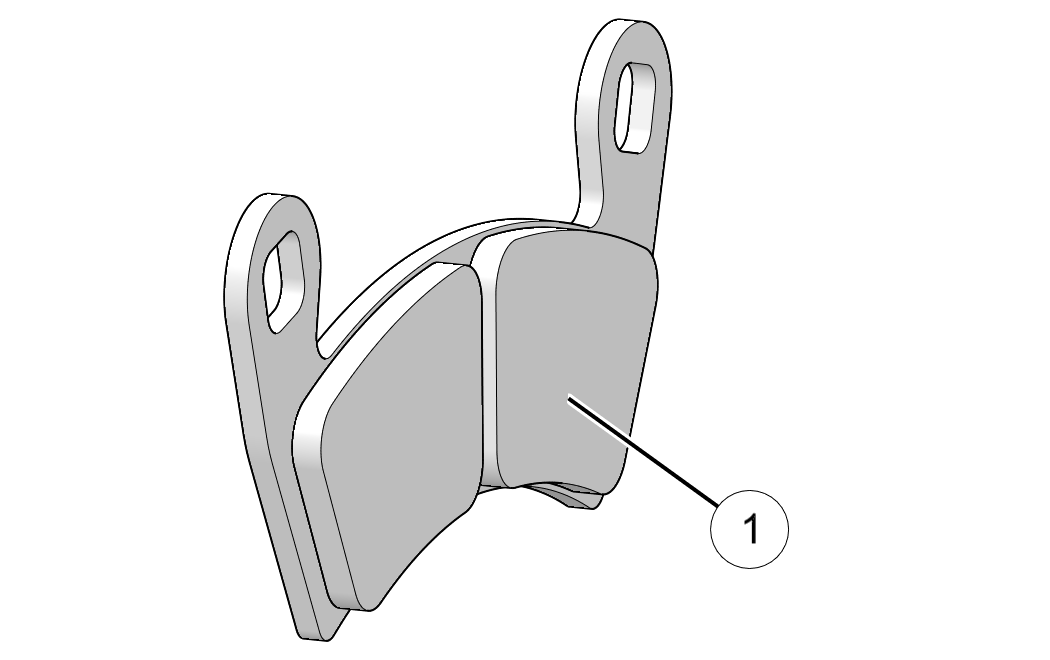Brakes
The front and rear brakes are hydraulic disc type brakes. Press down on the brake pedal to engage the brakes.
Brake Fluid
Inspect the brake system routinely. Inspect the level of the brake fluid before each operation.
Change the brake fluid every two years and any time the fluid becomes contaminated, the fluid level is below the minimum, or if the type and brand of the fluid in the reservoir are unknown.
-
Position the vehicle on a level surface and turn off the engine.
-
View the brake fluid level at the reservoir in the driver’s side wheel well. The level should be between the upper (MAX) and lower (MIN) level lines.
-
If the fluid level is lower than the upper level line, open the hood and add brake fluid to the upper (MAX) line.
-
Apply the brake forcefully for a few seconds and check for fluid leakage around the fittings.
Brake Inspection
Do not apply WD-40® or any petroleum product to brake discs. These types of products are flammable and may also reduce the friction between the brake pad and caliper.
-
Check the brake system for fluid leaks.
-
Check the brake pedal for excessive travel or a spongy feel.
-
Check the friction pads for wear, damage and looseness.
-
Check brake discs for signs of cracks, excessive corrosion, warping or other damage. Clean any grease using an approved brake cleaner or alcohol.
-
Inspect the brake disc spline and pad wear surface 1 for excessive wear. Change pads when worn to 0.040 in (1 mm).
